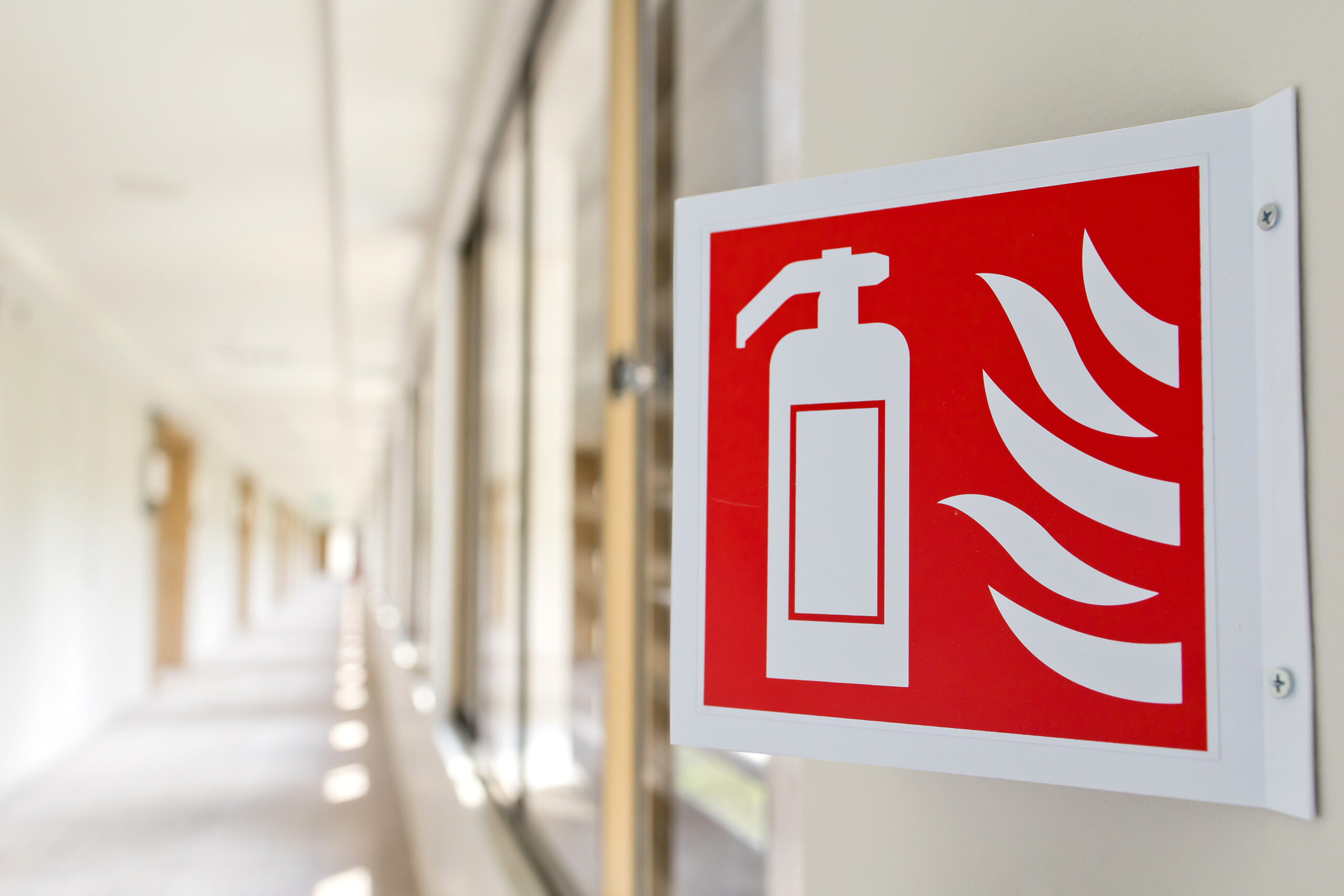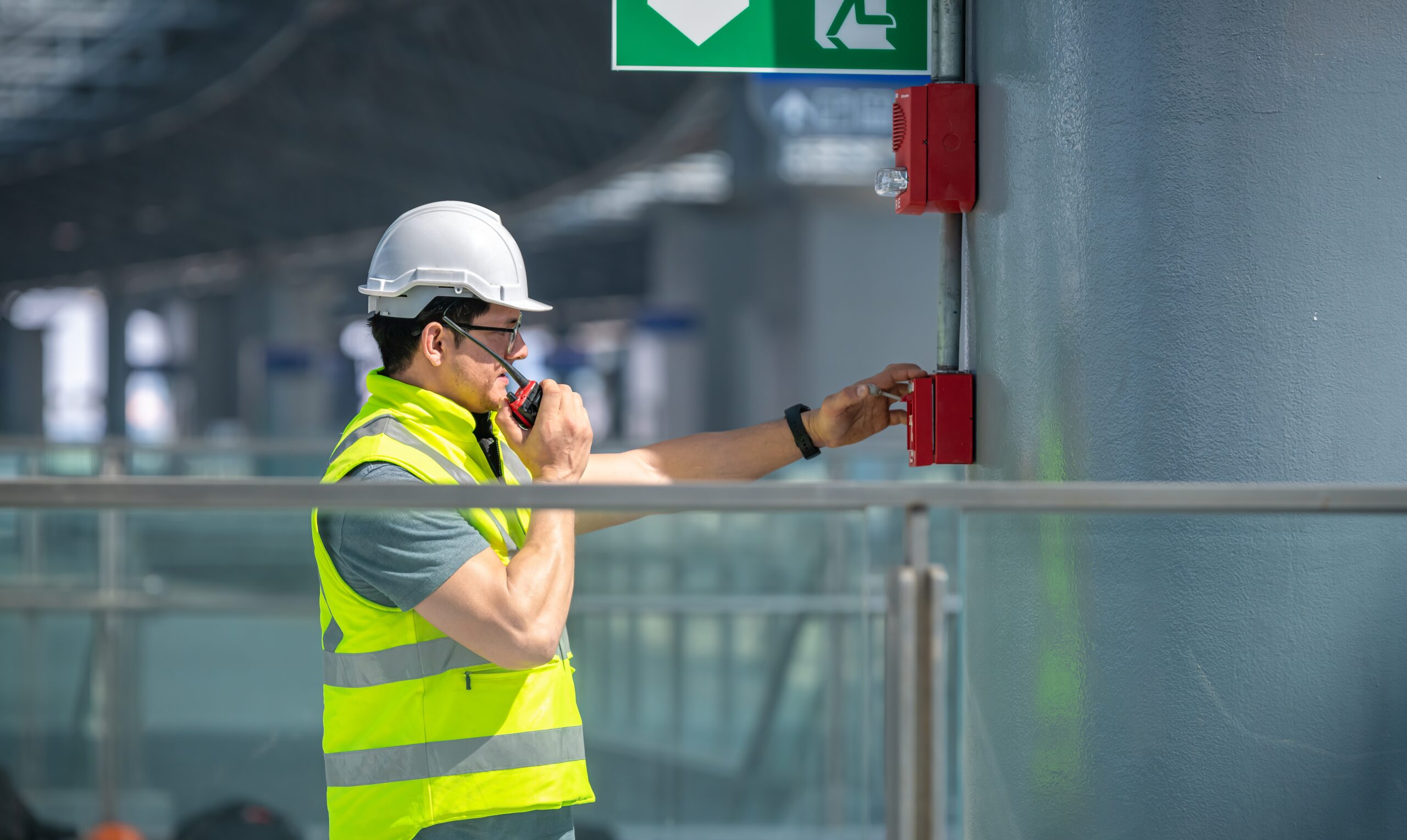We have the right equipment so that students don’t have to get out of their…

Emergency Evacuation Plan for Disabled Individuals: Lessons from Grenfell and 1 Important Call to Action To Not Ignore
Emergency Evacuation Plan – An Introduction
The tragic Grenfell Tower fire emphasised a critical need for an emergency evacuation plan to be in place for every citizen.
A recent incident involving Dr Hannah Barham-Brown at the County Hall Premier Inn in London as reported by the BBC here: https://www.bbc.co.uk/news/uk-england-london-65057889 brings this issue into sharp focus. Her terrifying experience illustrates a much larger problem facing those with disabilities.
The Ongoing Challenge for Disabled Individuals.
The majority of the population can go about their daily lives without giving a second thought to safe evacuation in emergencies. This is not the case for disabled individuals, who must face this issue every time they enter a public space. The trauma and neglect often felt by those with mobility issues in emergency situations represent an ongoing failure in public safety.
Dr Barham-Brown’s incident is not an isolated one, but it highlights two significant issues that must be addressed:
The Lack of An Emergency Evacuation Plan and Consideration for Those with Reduced Mobility:
An emergency evacuation plan should never end once the individual is merely outside; disabled people must be secure and safe rather than forced to wait for further assistance. The hotel’s lack of planning left Dr Barham-Brown stranded on the pavement, a situation that reveals a deep systemic failure.
The Expectation That Disabled People Should Wait for Help: The belief that those with mobility issues should simply await assistance during an emergency reflects a disturbing lack of understanding and empathy. Why should someone with a disability be expected to wait in a dangerous situation? Despite the hotel’s insistence on following correct procedures, Dr Barham-Brown’s abandonment and trauma say otherwise.
Lessons from Grenfell.
The Grenfell tragedy served as a stark warning of what can go wrong when emergency procedures are inadequate. The key lessons that emerge from Grenfell, which resonate strongly with Dr Barham-Brown’s experience, include:
- Comprehensive Emergency Planning: Evacuation planning must be all-encompassing and tailored to the unique needs of all occupants, including the disabled.
- Investment in Appropriate Equipment: Properly maintained and accessible equipment is crucial. Lack of equipment exacerbates the risk of injury.
- Regular Training and Oversight: Continuous education and drills ensure that staff and occupants are prepared, while oversight ensures accountability.
Personal Emergency Evacuation Plans (PEEPS).
PEEPS play a vital role in emergency evacuation. They cater to individuals who may require personalised assistance during an emergency. But as Dr Barham-Brown’s experience illustrates, having a plan is not enough; the following must also be considered:
- Accessibility: Plans must be readily available and understood by all staff.
- Regular Review: As needs and regulations change, plans must be updated accordingly.
- Full-Scope Planning: Beyond mere evacuation, the plan must ensure that individuals are safe, secure, and not left waiting for further assistance.
- Implications for Public Spaces: Dr Barham-Brown’s ordeal is a symptom of a broader societal issue. All public spaces, from hotels to offices, must review and amend their safety procedures for emergency evacuation.
This review should encompass:
- A Comprehensive Assessment of Needs: Understanding the unique challenges and requirements of disabled individuals.
- Investment in Proper Equipment: Implementing equipment that suits a range of needs, backed by training for effective usage.
- Continuous Training and Awareness: Regular drills and awareness sessions to ensure readiness in case of emergencies.
In the aftermath of Grenfell, we must acknowledge that any emergency evacuation plan is not a one-size-fits-all solution. A genuine commitment to the dignity, safety, and security of every individual, regardless of their physical abilities, must be our guiding principle. We discuss this in a recent article here: https://evaccess.uk/grenfell-tower-enquiry-escape-plan-elspeth-grant-looks-at-the-progress/
It’s time to move beyond compliance and lip service to a comprehensive and empathetic approach that sees the person behind the disability.
These stories must be a turning point that leads to practical changes in how we approach emergency evacuation for those with disabilities.
The safety, dignity, and humanity of our fellow citizens demand nothing less.
Emergencies don’t announce themselves.
They occur unexpectedly, catching people off guard.
For people with disabilities, such emergencies can become life-threatening situations, particularly when buildings lack proper evacuation devices. An emergency evacuation plan is essential, but without the correct equipment, it becomes ineffective.
Doctor. Hannah Barham-Brown’s traumatic experience at a Premier Inn hotel in London underscores this issue. Despite assurances from the staff, she was left behind during a fire evacuation. The incident not only revealed a lack of empathy but a serious gap in preparedness and proper equipment and clearly no emergency evacuation plan was in place.
Recognising potential hurdles that your building’s steps pose is an essential starting point.
Don’t wait for an emergency to expose your building’s accessibility weaknesses.
A Proactive Approach: The Evaccess 5 Step Plan.
Creating safer and more inclusive environments should be a priority today and you can ensure that your building is not only ready for emergencies but also truly accessible for everyone.
The Evaccess 5 Step Plan includes:
- Consultation and Site Survey: We dive deep into understanding your building’s layout and identify potential mobility barriers.
- PEEPS and GEEPS Online Training: We empower your team with essential safety principles through our comprehensive online courses.
- Selection of the Right Unit: Identify the unit that perfectly aligns with your building’s requirements, ensuring optimal safety and mobility.
- Training to Use Units: We ensure your team is fully equipped to operate these units effectively and confidently.
- Ongoing Maintenance: Our commitment extends beyond installation, providing regular maintenance to keep your units in peak condition.
We believe in solutions that cater to your building’s unique needs.
Click here https://mobility.evaccess.co.uk/5-step-plan to start our easy 5-step plan for identifying mobility challenges in your building.
Act Today for a Safer Tomorrow.
By following the Evaccess 5 Step Plan, you can transform your building into a place where everyone, regardless of their physical abilities, can confidently navigate even during emergencies.
Together, let’s work towards a future where everyone feels safe and valued.
Because in the end, it’s not just about having a plan; it’s about having the right devices and the willingness to use them that truly makes a difference.



